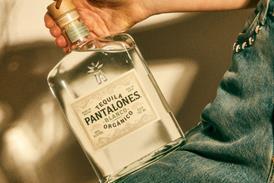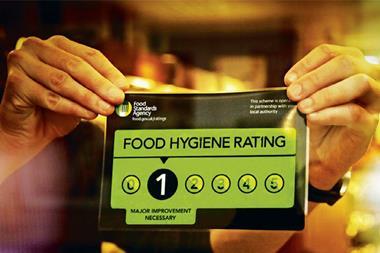Convenience store retailing in the Republic of Ireland faces big challenges in the next few years, BWG chief executive officer Leo Crawford said this week.
Speaking at the Global Convenience Benchmarks conference in Dublin, organised by Insight Research, Crawford told 240 delegates "it would not be as easy going forward".
Increased competition from the multiples, ministerial interference and the bursting of the property bubble would all impact future growth, he said. Conditions in the Irish market have facilitated unprecedented development of convenience retailing. The country has the highest proportion of under-19s in Europe, the lowest proportion of over-60s and a period of major immigration that has brought with it both consumers and a ready source of employees for the sector.
"This has been conducive to proximity retailing," explained Crawford, adding that 64% of confectionery sales, 29% of grocery and 20% of health and beauty sales were through the convenience channel. The Irish population is also expected to grow 30% by 2020.
But there were a number of factors that would throw up future challenges, Crawford said.
"There will be some shake-out. The discounters are still expanding, two of every three euros are spent in supermarkets and it is only a matter of time before we see Sainsbury and Wal-Mart south of the border. Convenience is approaching saturation and there will be lower growth rates and like-for-like sales," he predicted.
Added to this was the possibility of government "meddling in areas it shouldn't". A recent example was Ikea, which was welcomed by ministers who wanted it to build in the Republic rather than Northern Ireland. It then went to the north as well. "I have concerns about ministerial interference that will be dangerous to our sector," Crawford said.
The final issue, he said, was the property bubble. "There is a threat that at some stage convenience retailers will sell up to gain the inflated asset value rather than trading value."
Speaking at the Global Convenience Benchmarks conference in Dublin, organised by Insight Research, Crawford told 240 delegates "it would not be as easy going forward".
Increased competition from the multiples, ministerial interference and the bursting of the property bubble would all impact future growth, he said. Conditions in the Irish market have facilitated unprecedented development of convenience retailing. The country has the highest proportion of under-19s in Europe, the lowest proportion of over-60s and a period of major immigration that has brought with it both consumers and a ready source of employees for the sector.
"This has been conducive to proximity retailing," explained Crawford, adding that 64% of confectionery sales, 29% of grocery and 20% of health and beauty sales were through the convenience channel. The Irish population is also expected to grow 30% by 2020.
But there were a number of factors that would throw up future challenges, Crawford said.
"There will be some shake-out. The discounters are still expanding, two of every three euros are spent in supermarkets and it is only a matter of time before we see Sainsbury and Wal-Mart south of the border. Convenience is approaching saturation and there will be lower growth rates and like-for-like sales," he predicted.
Added to this was the possibility of government "meddling in areas it shouldn't". A recent example was Ikea, which was welcomed by ministers who wanted it to build in the Republic rather than Northern Ireland. It then went to the north as well. "I have concerns about ministerial interference that will be dangerous to our sector," Crawford said.
The final issue, he said, was the property bubble. "There is a threat that at some stage convenience retailers will sell up to gain the inflated asset value rather than trading value."
















No comments yet